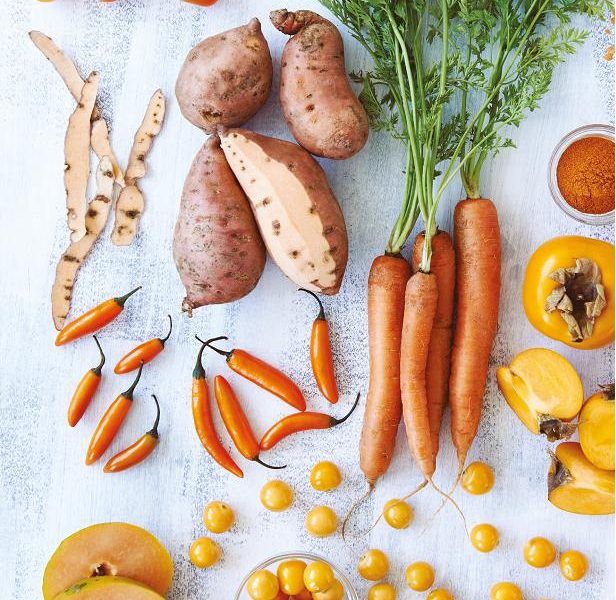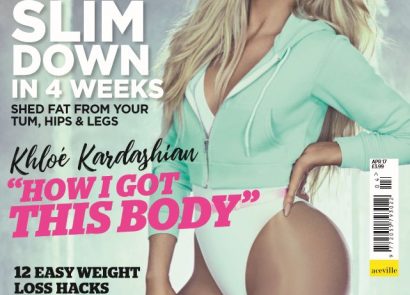You might have heard the phrase ‘you are what you eat’, and in terms of exercise this definitely rings true. But how do you know if the food you’re eating is working for you, or against you?
Food intolerance is becoming more common in the UK, with at least 30 percent of us experiencing one or more episodes of food sensitivity during our lifetime. Unlike an allergy, a food intolerance is a toxic chemical reaction which doesn’t involve the immune system. It develops over time, with symptoms often appearing hours and even days after eating the offending food. This means that it has a long term affect on health and can hinder your performance during workouts. Symptoms vary from general fatigue, to joint pain, feeling bloated, diarrhoea, vomiting, skin rashes and other chronic conditions.
With many people unaware that what they’re eating is the cause, food intolerance is a serious health problem with real repercussions. For those of us who like to exercise, it is the difference between a good workout and a poor and often painful performance. In some cases we may have to miss a session because we’re feeling so ill. Even top athletes aren’t immune. Paula Radcliffe famously failed to complete the marathon in the 2004 Olympics because she’d literally run out of energy.
It wasn’t until she got tested for food intolerances that she realised this was the underlying cause and also the reason why she’d suffered bloating and IBS for some time.
THE CAUSES
But why do only some of us suffer and is there something we can do about it? According to Allergy UK, there are a number of different reasons why intolerance strikes.
An enzyme defect is one of the most common. We need certain enzymes to break down different foods. For example we need the enzyme lactase to break down lactose. If it is missing then we become lactose intolerant and we struggle with all dairy products.
In other cases the food we eat is littered with chemicals like caffeine or the amines in certain cheeses. These substances can affect some people more than others and bring on an intolerance. Histamines and additives present in foods can also play a part, particularly for those who are hypersensitive.
In addition, some things we eat are toxic if they’re not cooked properly. For example kidney beans contain aflotoxins. When not fully cooked these toxins are still present and can bring on the symptoms of a food intolerance.
Any food can cause a reaction, but it’s good to know the common culprits!
GLUTEN AND WHEAT
If you’ve been diagnosed with coeliac disease, then you’re allergic to gliadin, which is part of the gluten proteins present in wheat, grains and rye. However, if you’re intolerant to wheat you can still experience symptoms even if you go gluten free. This is because your body is reacting to the remaining part of the wheat.
To avoid confusion, try eliminating all foods containing wheat, so things like bread, baked foods, pastry, cereals, pasta, puddings, anything coated in bread crumbs, some sausages and meats, soup, gravy, malted drinks, most chocolate bars and some sweets. Instead opt for corn, potato or rice flour, and quinoa, millet and buckwheat as substitutes.
HISTAMINE
Histamine is a chemical found naturally in some foods. We have an enzyme in our body that breaks down any histamine we ingest, but some people have less which means they develop an intolerance. Often allergy like, the symptoms include headaches, skin rashes, itching and abdominal pain.
If any of the following give you symptoms, you could be histamine intolerant: pickled foods, dressings, vinegar, mayonnaise, champagne, wine, beer, cider, tofu, soy sauce, tinned vegetables and fish, parmesan cheese, mushrooms, sausages and processed meats, dried fruit, seeds, nuts, chocolate, cocoa, yeast extract.
DAIRY
If you’re intolerant to dairy, then you’ll probably suffer with bloating, diarrhoea and sickness at the mere whiff of a glass of the white stuff. This could be down to the protein in the milk, or the lactose.
Either way you should avoid milk protein and any other dairy products, which means eliminating milk including non-fat milk, milk powder, malted milk drinks, cheese, cheese powder, cream, sour cream, yoghurt, margarine, butter, fromage frais, and whey from your diet. Always read the ingredients on things like soups, sauces and biscuits in case there are any dairy products included.
TO EAT OR NOT EAT
The best way to identify if you’ve got an intolerance is to keep a food diary. Write down everything you eat and drink for two weeks, and leave space to record how you feel for at least several hours afterwards. Make a note of all your symptoms. You may soon start to see a pattern develop.
Once you’ve highlighted certain foods as potential triggers, you can eliminate them from your diet. Again it’s a good idea to keep a record of how you’re feeling during the process of elimination. If you don’t feel any better, then you know that you need to do some more digging!
If you’re feeling unsure about which foods to exclude talk to a qualified dietician who’ll be able to look at your daily intake and advise you.
In some cases excluding the food for a long period of time actually cures the intolerance. This is because your body builds up resistance and learns to cope with a small amount of that food, as long as it’s not on a regular basis!
OTHER TOP TIPS
• Get used to reading food labels and learn the terms used to describe ingredients, for example milk protein is used to describe milk, non-fat milk solids, cheese, yoghurt, caseinates, whey and lactose. Salicylates refers to strawberries and tomatoes.
• If at all possible go for fresh produce with no additives or flavour enhancers.
• Seek out tasty alternatives that give your body the nutrients and energy it needs to meet your training goals.




















